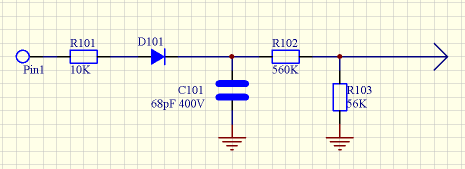Simon, I may be wrong, but according to my research the inline resistor has two functions.sowen wrote: The engine was coughing every few revolutions, so I measured the voltage on either side of the inline resistor to the ecu, 0.5v on the ecu side, and 7v on the coil negative side. So out with the resistor and hey presto, a running engine
After replacing the brand spanking new lucas relays with old bosch relays the engine was showing signs of life? So I guess I just had a bad combination of parts and no spares to begin with.
1 As a voltage drop input component to ensure the ECU receives the correct level of pulsed input voltage.
2 Protect the ECU from any excess induced voltage that might otherwise occur at the ignition coil.
Induced voltages or back emf's are generated when voltage is switched to a coil and these can be higher than the switched input. They may not be significant with regard to the switched function but if fed to an electronic component there is a possibility of unwanted high voltage spikes doing damage.
Prudence would say that there needs to be protection. perhaps by limiting the input voltage or by suppressing the voltage spikes with a capacitor. A suppressor.
If you have managed to measure any meaningful voltage with the engine running then bear in mind the volmeter can only read an average of the pulses making up the voltage.
On the other hand if the voltage was measured with ignition on and engine not running then you had a figure of 0.5 volts at the ECU and 7 volts at the coil -ve.
Removing the inline resistor will allow that 7 volts directly to the ECU. Lets hope that the ECU input can stand that much. 14 times the original voltage, so 14 times the induced voltage or voltage spikes.
Rover put that resistor in for a reason. Somehow by taking it out, you have managed to induce the ECU to run the engine, but apparantly not perfect yet.
Something else is going on, and it would seem to me to be risky.
Urban legend may tell us that enthusiasts have run their Rover Efi systems perfectly well without the in-line resistor in circuit.
Hmmnnn!! I would think carefully beforehand, or get a technical input that turns the afore-mentioned stuff into BS.






